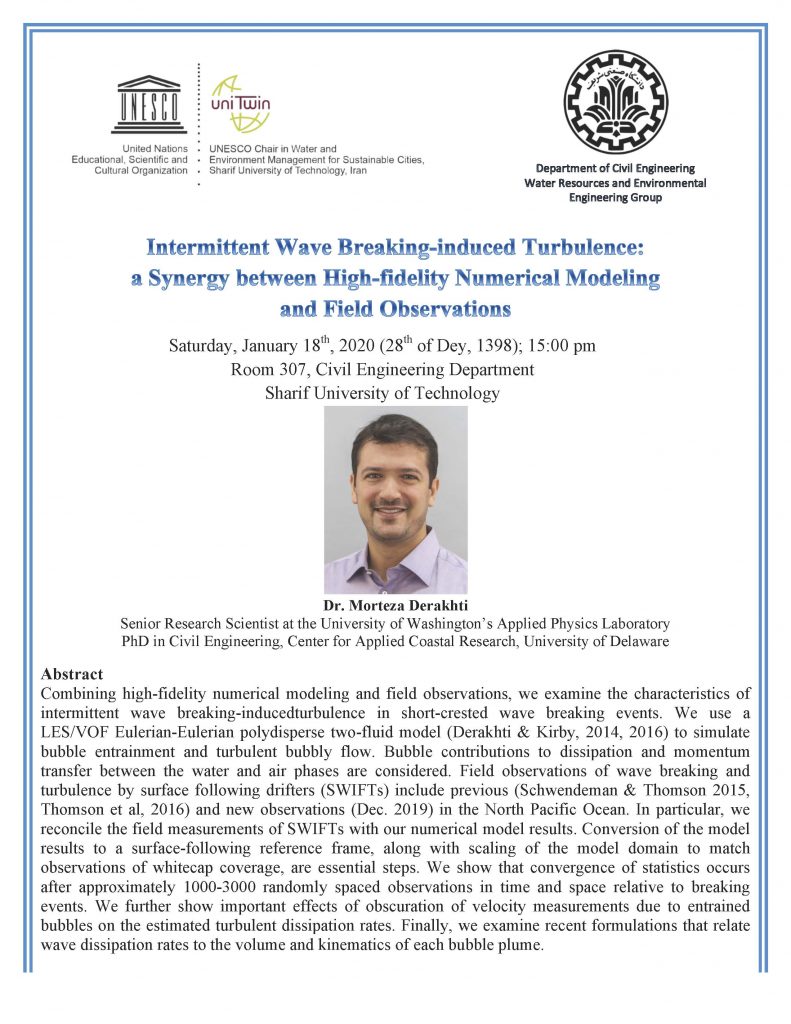Introducing S-VECD Model Energy-Based Fatigue Failure Criterion and Its Applications to Reclaimed Asphalt Pavement (RAP) Mixtures
دکتر محمدرضا صبوری، دانشکده مهندسی عمران، دانشگاه صنعتی شریف
چهارشنبه 21 آبان 1399، ساعت 16:00 تا 17:30
لینک ورود: https://vc.sharif.edu/ch/civil-seminar
نحوه ورود: آزاد و بدون نیاز به پسورد، بر روی گزینه “میهمان” کلیک و نام خود را وارد کنید.
Abstract:
Fatigue cracking due to repeated traffic loading is one of the major types of distress in asphalt concrete pavements. Propagation of fatigue cracks in the asphalt layer will eventually allow water to come into the pavement system, and cause deterioration of pavement structure which reduces its serviceability. Hence, description and prediction of fatigue resistance of hot mix asphalt (HMA) in an accurate manner is extremely important to flexible pavement design and preservation. In this presentation, to predict the fatigue life of the pavements, a failure criterion for the simplified viscoelastic continuum damage (S-VECD) model, referred to here as GR method, is introduced. This failure criterion found to exist in both reclaimed asphalt pavement (RAP) and non-RAP mixtures and also found to be independent of the mode of loading, strain/stress amplitude, and temperature and also is effective in accurately predicting the fatigue life of the mixtures.
Biography:
Dr. Sabouri earned his bachelor’s and Master’s degrees in Civil Engineering from Sharif University of Technology, followed up by receiving his Doctoral degree on Transportation Materials and Systems from North Carolina State University. Dr. Sabouri is currently an Assistant Professor at Sharif University of Technology. Dr. Sabouri has several publications and invited presentations at many different national and international conferences including Association of Asphalt Paving Technologists (AAPT), Transportation Research Board (TRB), RILEM, ISAP, and NCCE. Dr. Sabouri’s research interests are generally focused on characterizing and performance modeling of pavement materials, pavement systems, pavement design and analysis, and development and implementation of sustainable engineered materials that are based on sound engineering principles and are less costly to produce.

